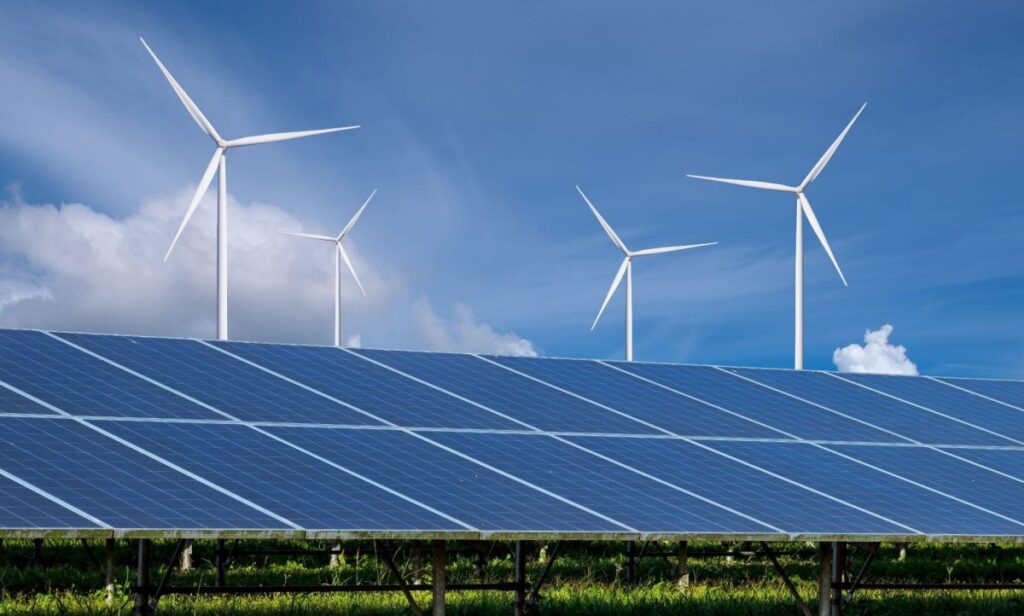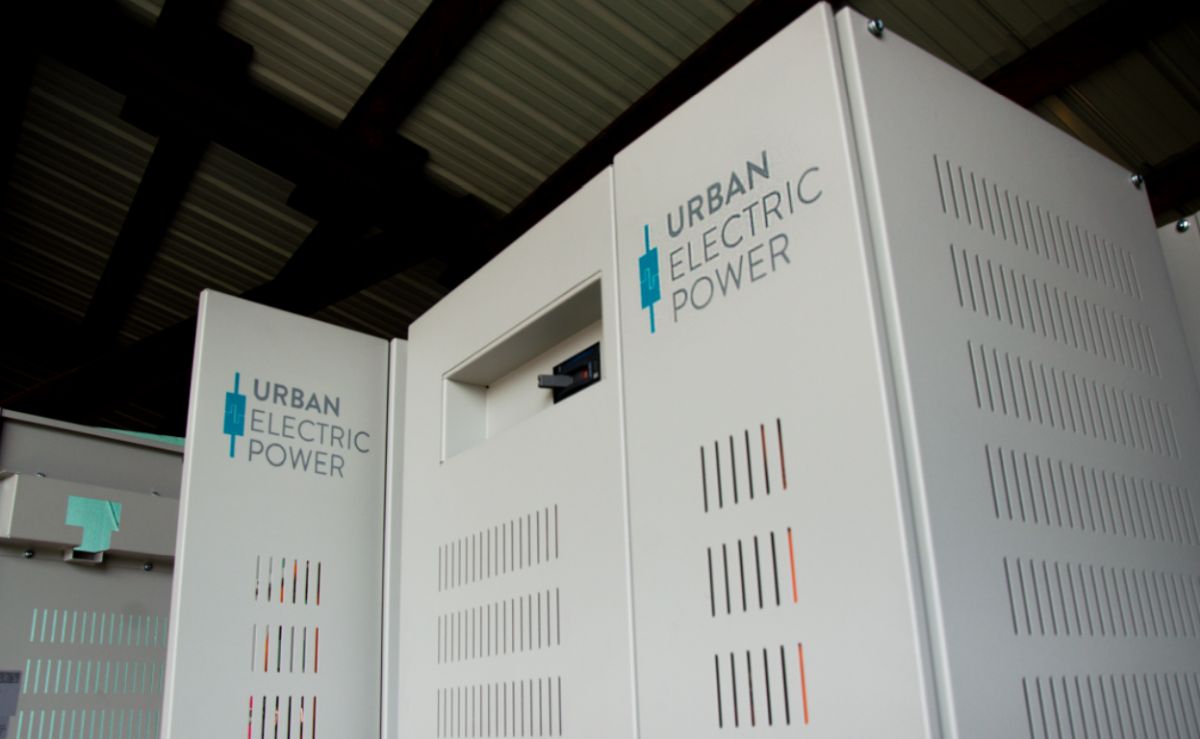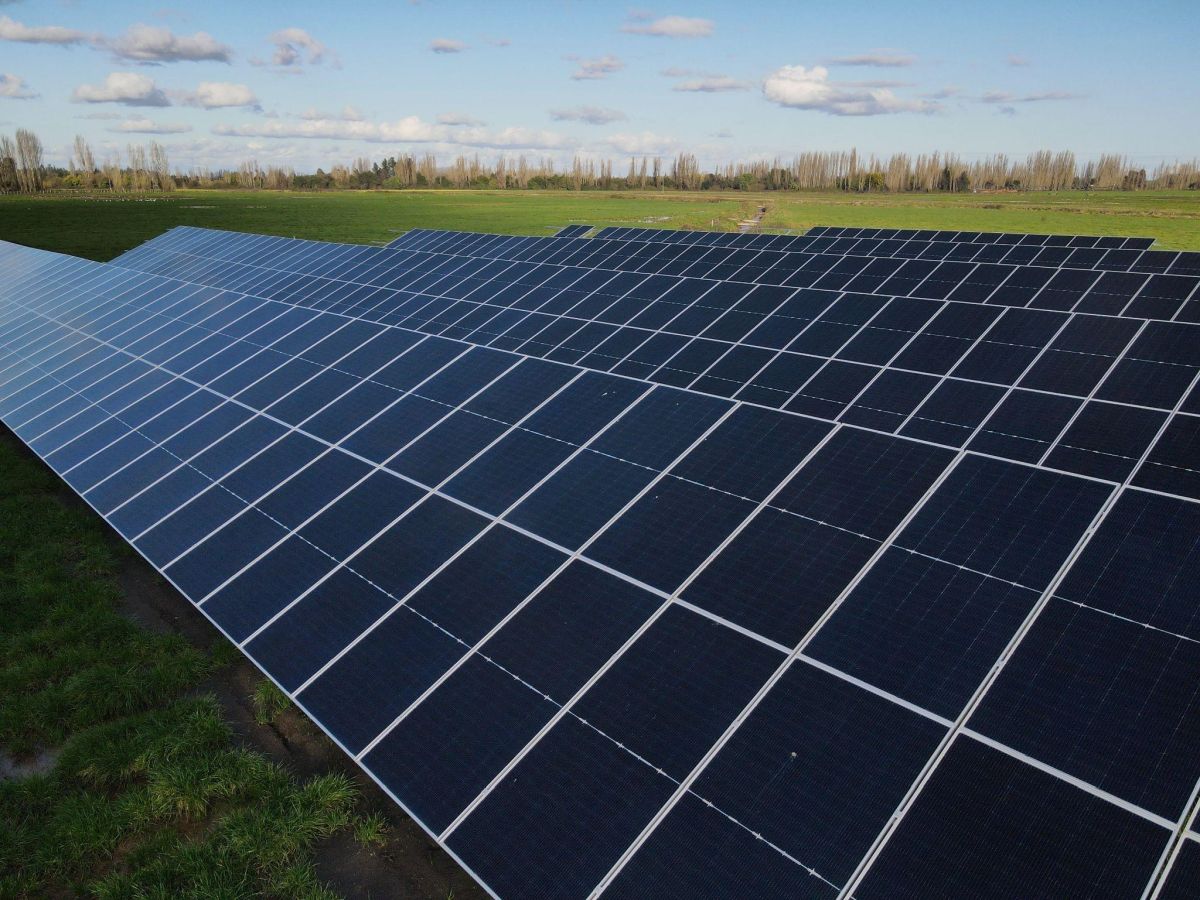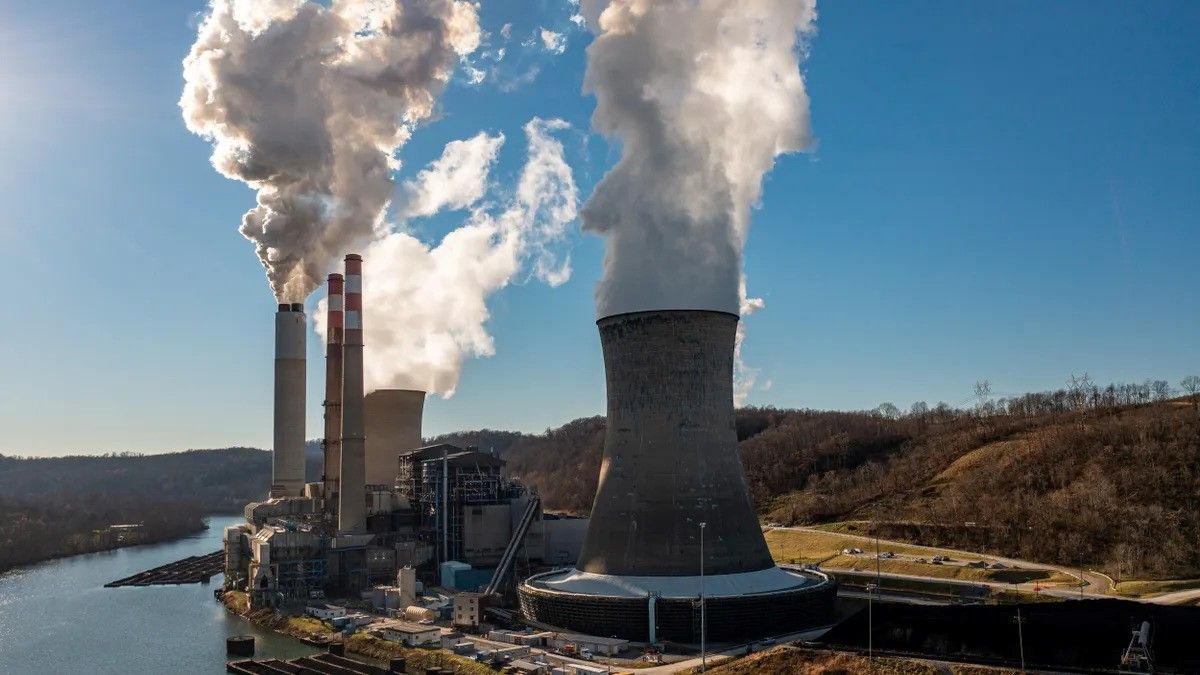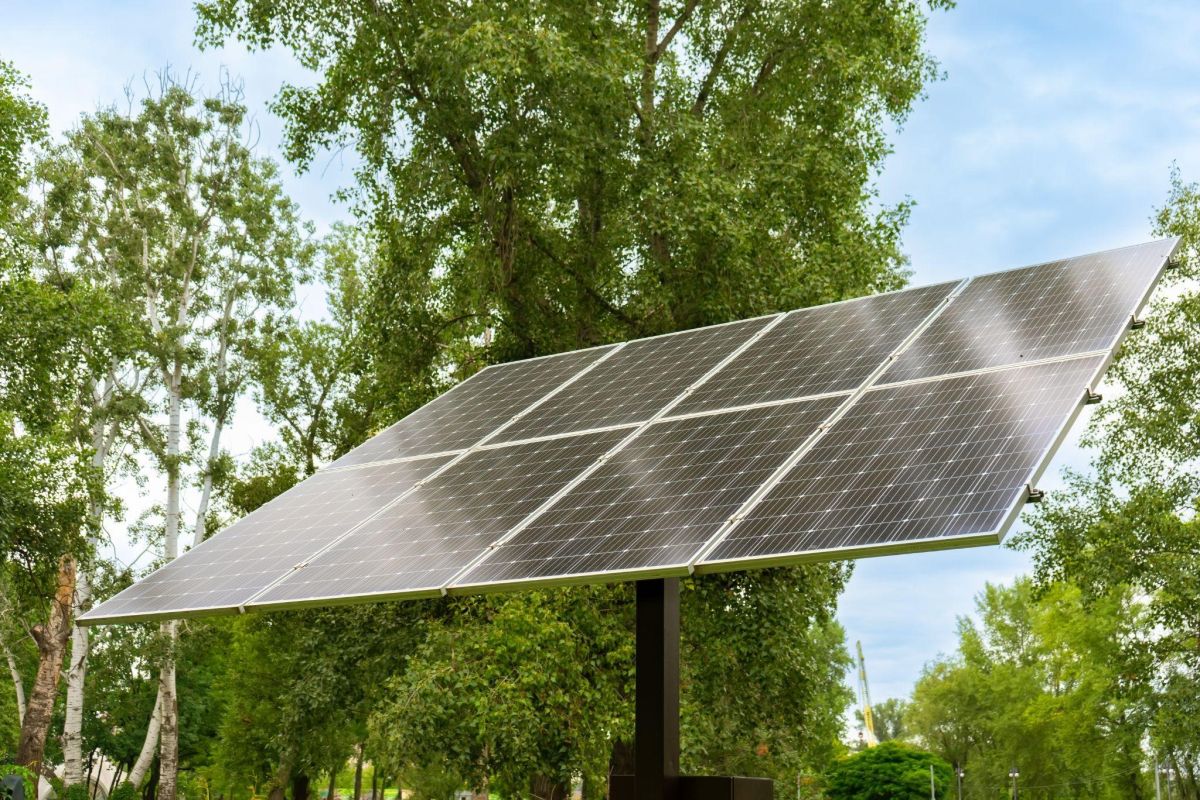WWW.UTILITYDIVE.COM
The guidance expands the definition of an energy community and the nameplate capacity attribution rule for offshore wind projects.
The U.S. Department of Treasury issued guidance Friday that further defined what qualifies as an “energy community” under the Inflation Reduction Act, clarifying where developers can site projects to qualify for the associated additional tax bonuses.
Developers of projects located in energy communities “can receive a bonus of up to 10 percentage points on top of the Investment Tax Credit, and an increase of 10% for the Production Tax Credit,” Treasury said in a release.
In addition to clarifying the definition of an energy community, the guidance also expands the nameplate capacity attribution rule for offshore wind facilities to include additional property – including supervisory control and data acquisition, or SCADA, equipment – owned by the facility’s owner and located in eligible project ports.
“The Nameplate Capacity Attribution Rule provides that if an [energy community] project with offshore energy generation units has nameplate capacity but none of the EC project’s energy-generating units are in a census tract… then the Nameplate Capacity Test for such EC project is applied by attributing all the nameplate capacity of such EC project to the land-based power conditioning equipment that conditions energy generated by the EC project for transmission, distribution, or use and that is closest to the point of interconnection,” the guidance states.
The three areas that can qualify as energy communities include a census tract, or directly adjoining census tract “where a coal mine closed after 1999 or a coal-fired electric generating unit was retired after 2009”; an area with significant employment or local tax revenue from fossil fuels plus higher-than-average unemployment; and brownfield sites.
The new guidance builds on initial guidance released last April, and “addresses several issues raised by stakeholders,” Treasury said.
The definition of fossil fuel employment now includes two more North American Industry Classification System codes, adding natural gas distribution and oil and gas pipeline and related structures construction.
It also “includes appendices listing additional [metropolitan statistical areas] and non-MSAs that qualify as energy communities for 2023 after including the two additional NAICS codes,” including ones that “would potentially qualify for future years, depending on local unemployment rates,” Treasury said.
The American Council on Renewable Energy’s President CEO Ray Long praised the guidance in a Friday release, and said that the expansion of eligibility for offshore wind projects was particularly noteworthy and a “top priority” for ACORE’s members.
“Allowing the location of the onshore control center to determine eligibility is a vital clarification that will significantly catalyze offshore wind development and help spur the economic revitalization of America’s portside communities,” Long said.









